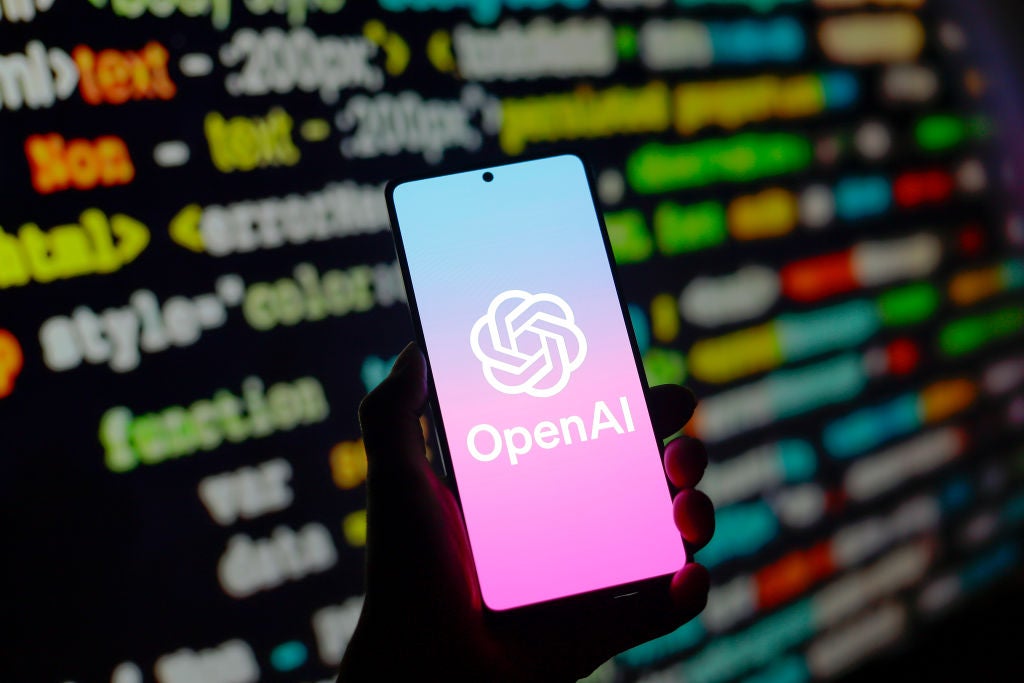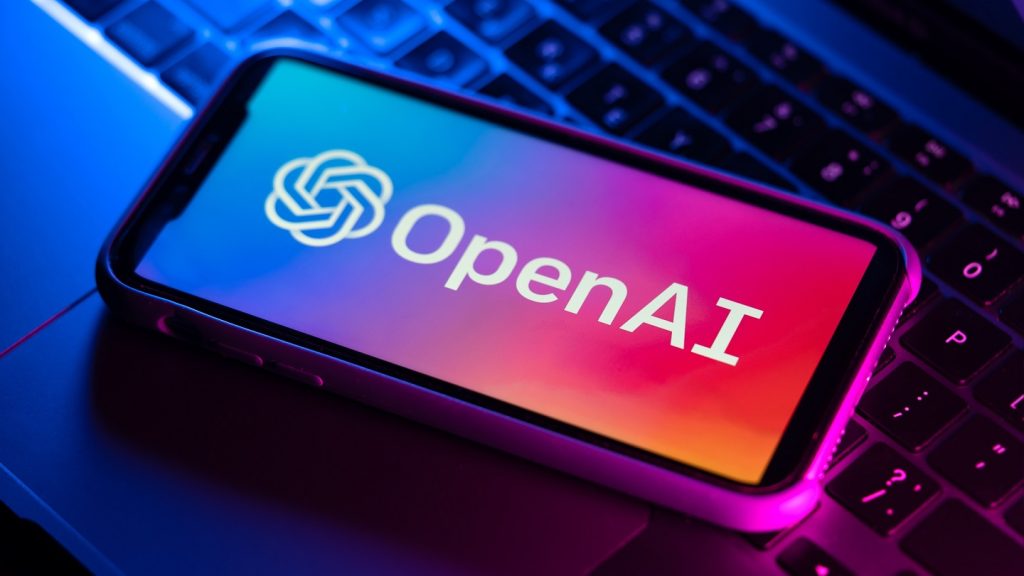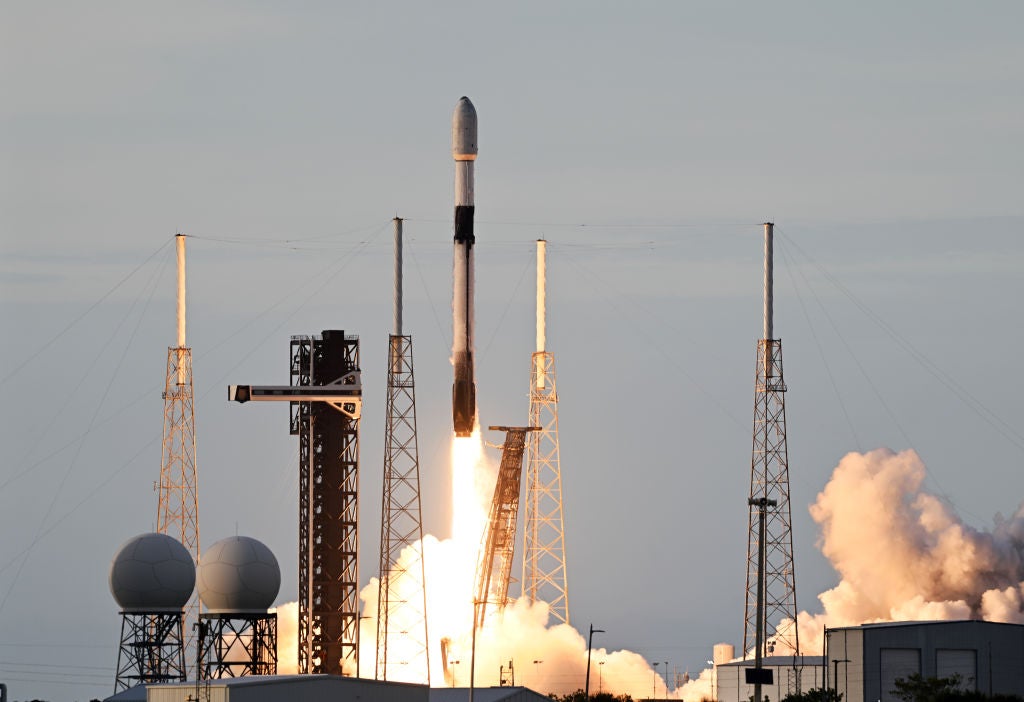Iridium Communications’ Project Stardust is an evolution of the company’s direct-to-device (D2D) strategy and will be deployed on Iridium’s existing satellite network, enabling both proprietary and standardised D2D and Internet of Things services.
However, monetisation questions continue to dog the entire D2D sector.
Back in January 2023, Iridium and Qualcomm announced they would partner on Snapdragon Satellite, a proprietary service aimed at delivering satellite-enabled D2D messaging to Android smartphones, but that effort was subsequently scuttled after device makers indicated a preference for standards-based D2D solutions. Just over a year after the initial partnership announcement, Iridium has dusted itself off and announced its own standards-based D2D service, dubbed Project Stardust (not to be confused with Star Wars’ Project Stardust, which was the codename for the Death Star superweapon).
Iridium’s Project Stardust is timed to enable integration of terrestrial and non-terrestrial networks via Narrowband-Internet of Things (NB-IoT) over Non-Terrestrial Network (NB-NTN) service, introduced in 3GPP Release 17 for 5G. 3GPP has predicted that the first NTN-compatible handheld devices could become commercially available sometime this year.
Iridium intends to begin testing Project Stardust service in 2025, with commercial service rolling out in 2026 to deliver 5G NTN messaging and SOS capabilities for smartphones, tablets, cars, and related consumer applications.
Enabling 5G access worldwide
NTN is aimed at employing high-altitude platforms and satellite constellations – both low earth orbit (LEO) and geosynchronous orbit (GEO) – that can perform many or all functions of a traditional base station to extend cellular coverage where traditional terrestrial networks cannot reach, including remote or extreme geographies. Thus, NB-IoT over NTN will ostensibly extend basic 5G access worldwide, supporting low data-rate applications such as transmitting data from sensors or text messages from IoT devices and smartphones.
How well do you really know your competitors?
Access the most comprehensive Company Profiles on the market, powered by GlobalData. Save hours of research. Gain competitive edge.

Thank you!
Your download email will arrive shortly
Not ready to buy yet? Download a free sample
We are confident about the unique quality of our Company Profiles. However, we want you to make the most beneficial decision for your business, so we offer a free sample that you can download by submitting the below form
By GlobalDataIridium expects manufacturers will add Project Stardust’s satellite connectivity to standardised devices, and claims to be collaborating with several partners, pulled from the ranks of device OEMs, chipmakers, mobile network operators, and related IoT developers. Iridium is trying to attract additional collaborators by noting companies signing on now will be able to ensure their requirements are addressed during the early stages of programming Iridium’s LEO satellites. As Iridium discovered via the defunct Snapdragon Satellite effort, numerous key partnerships are essential to enabling a D2D service to take flight.
Iridium experience and funding advantages
Thanks to its existing infrastructure, Iridium contends it will only need to invest tens of millions, rather than billions, of dollars for its D2D service. Additionally, Iridium does not require new funding for Project Stardust, putting it in much better financial shape than startup rivals that are scrambling to drum up cash for their ambitious satellite constellation plans.
Project Stardust will employ Iridium’s L-band spectrum, which the company already uses for its SatCom services. Globalstar, which provides service for Apple’s Emergency SOS via satellite service, uses spectrum in the L and S bands. Rivals SpaceX/Starlink, AST SpaceMobile, and Lynk Global all intend to use terrestrial spectrum for their D2D services, requiring regulatory approvals from regional authorities and new satellites with antennas to support those frequencies.
Monetisation overhang
Despite growing competition, it can’t be stressed enough that monetisation is a huge question mark for the D2D ecosystem as a whole. It remains unclear whether consumers will readily pay premiums for enhanced satellite-based coverage or whether device makers and mobile operators will need to absorb some or all of the costs just to remain competitive. Perhaps advertisers and various commercial partners will come to the rescue by subsidising prices charged to end users.
Iridium’s first fizzled foray into D2D and its subsequent rejigged business model with Project Stardust are symptomatic of an industry that is only just now coming into being. There are too many companies trying to create celestial D2D beachheads, meaning there will eventually be mergers, acquisitions, and even bankruptcies across the sector.
D2D will no doubt be characterised by the same types of financial pitfalls, business realignments, and market consolidation that have come to characterise the overall commercial space economy over the years, ultimately leaving just a few savvy D2D survivors orbiting the cosmos.








Related Company Profiles
Iridium Communications Inc
Qualcomm Inc